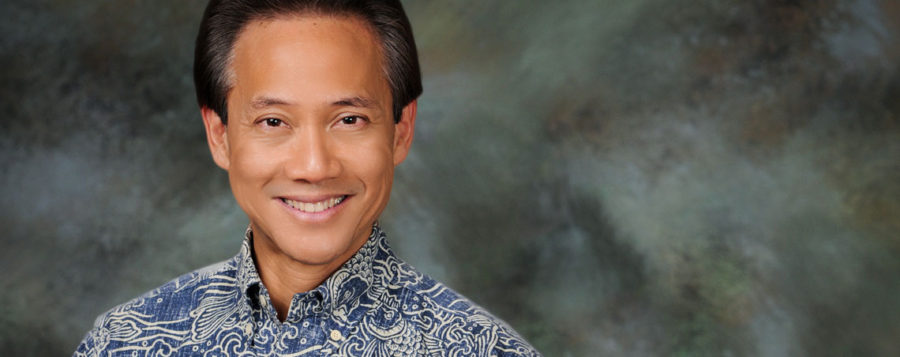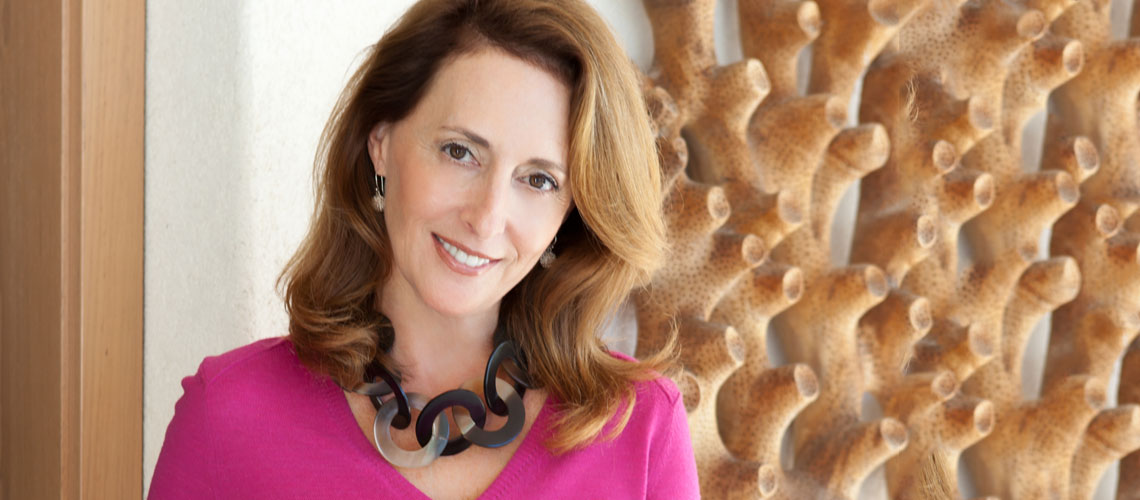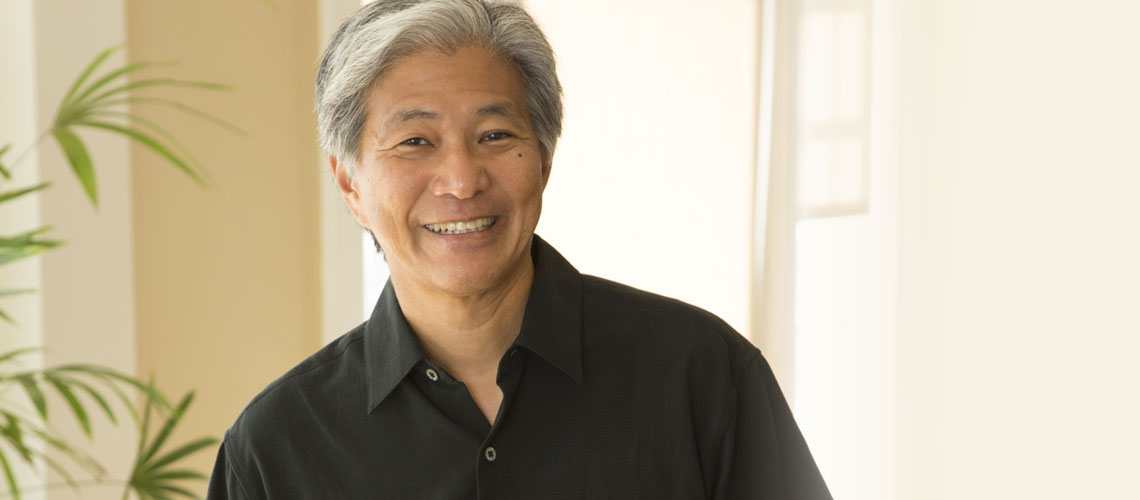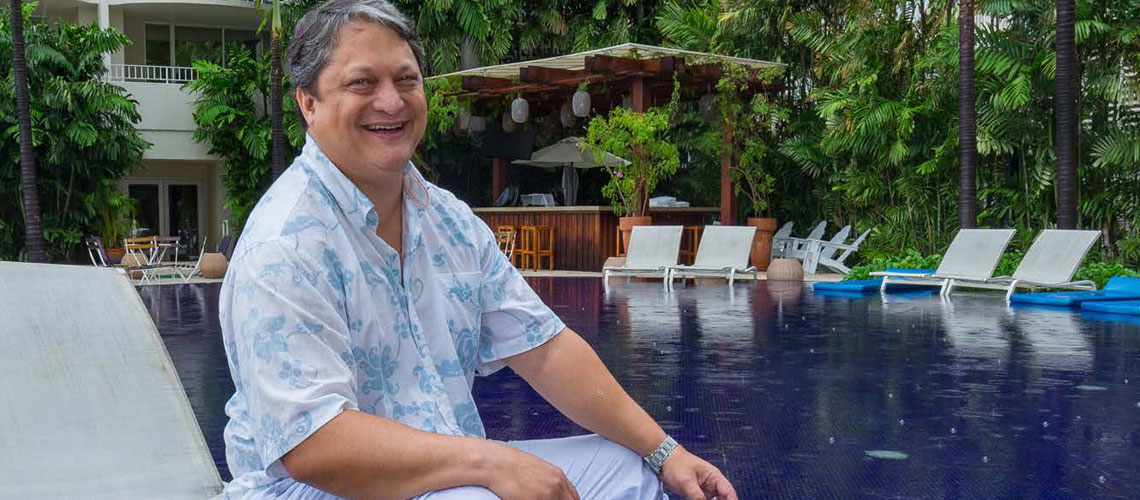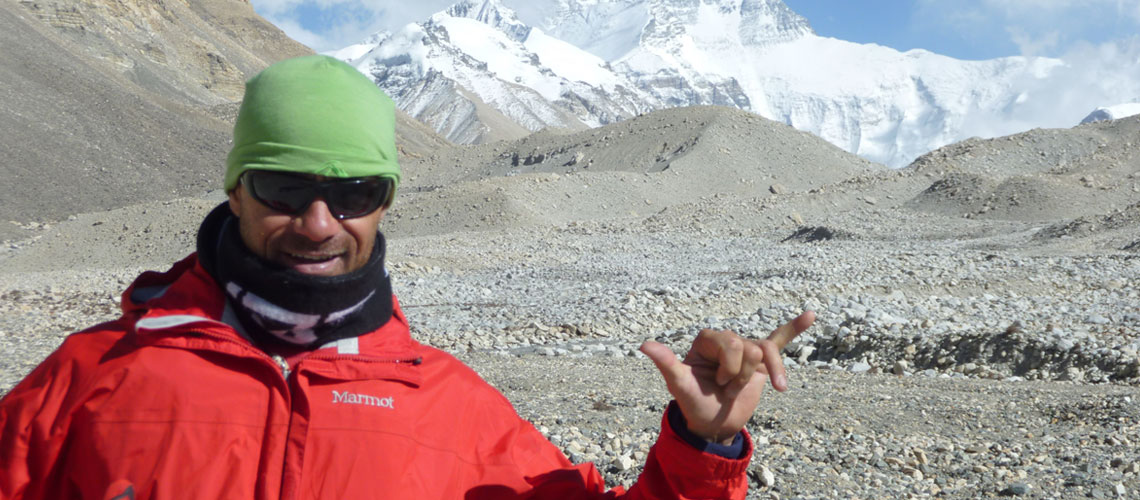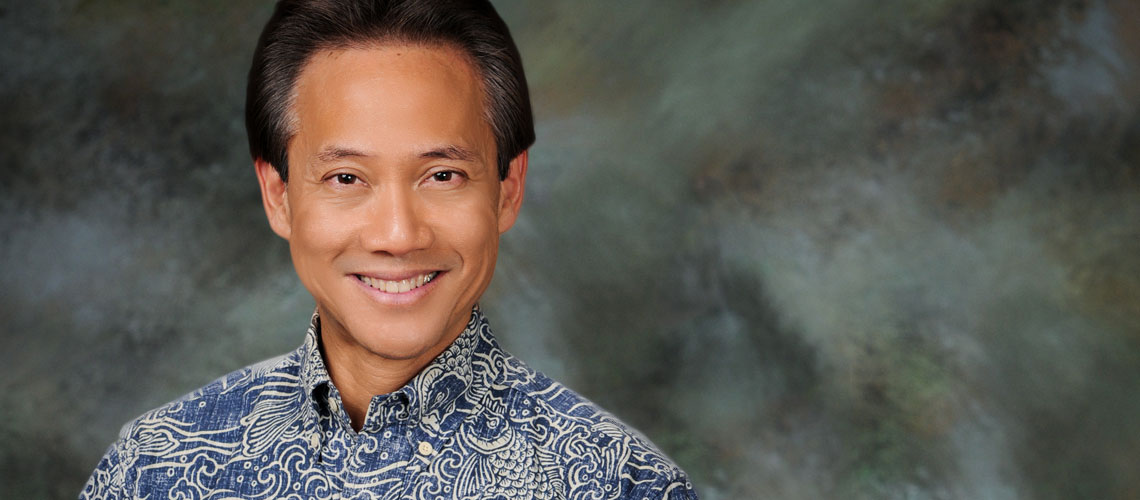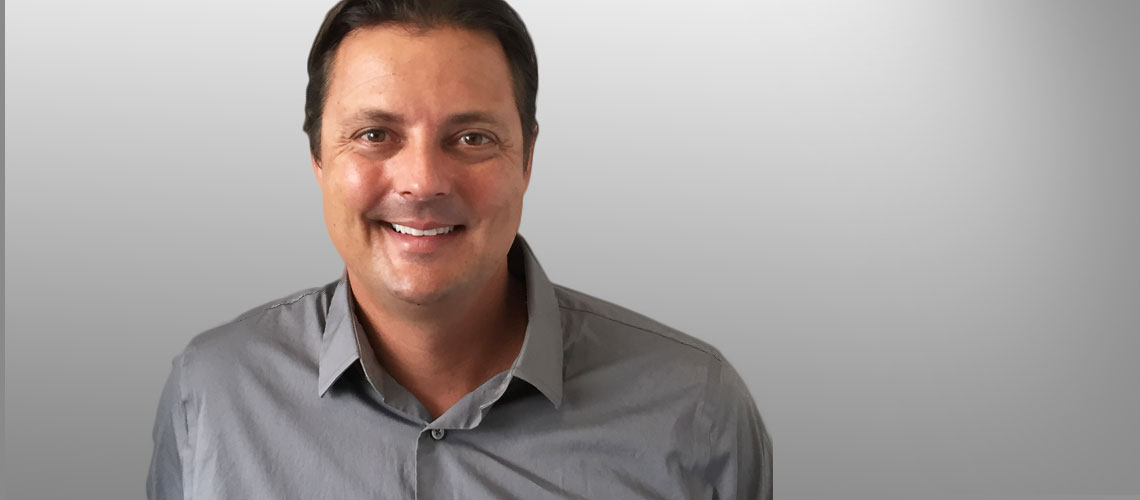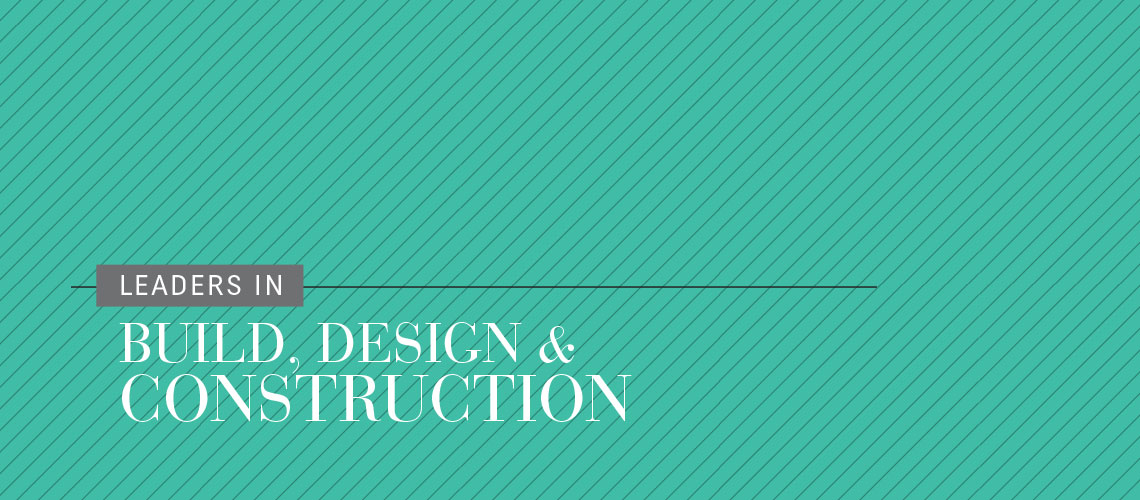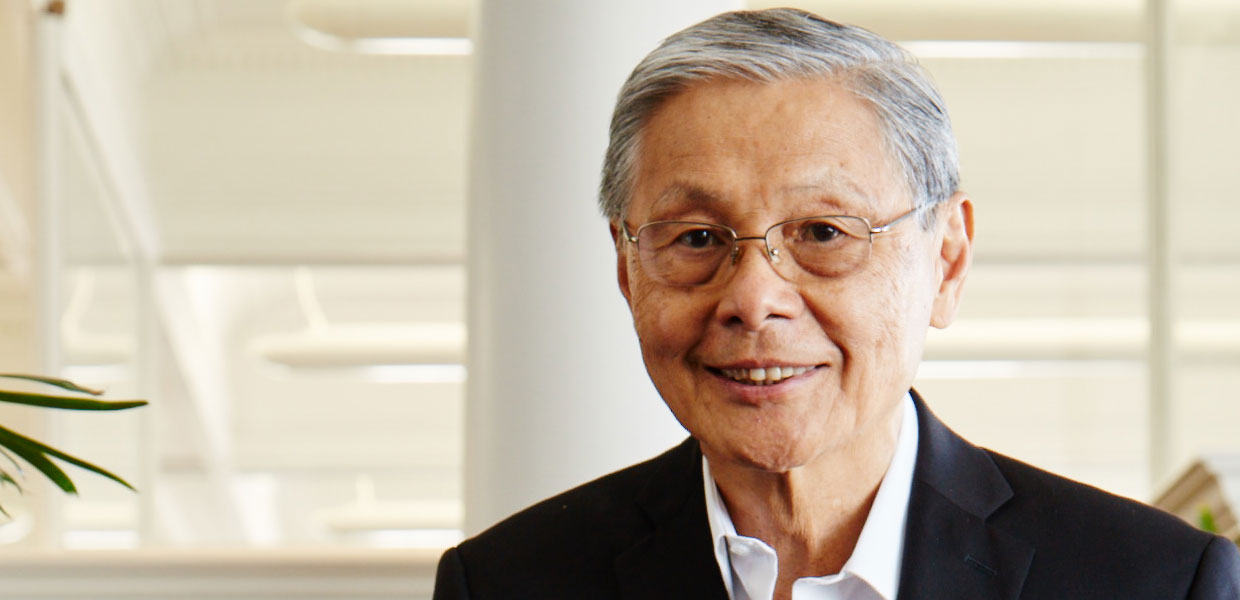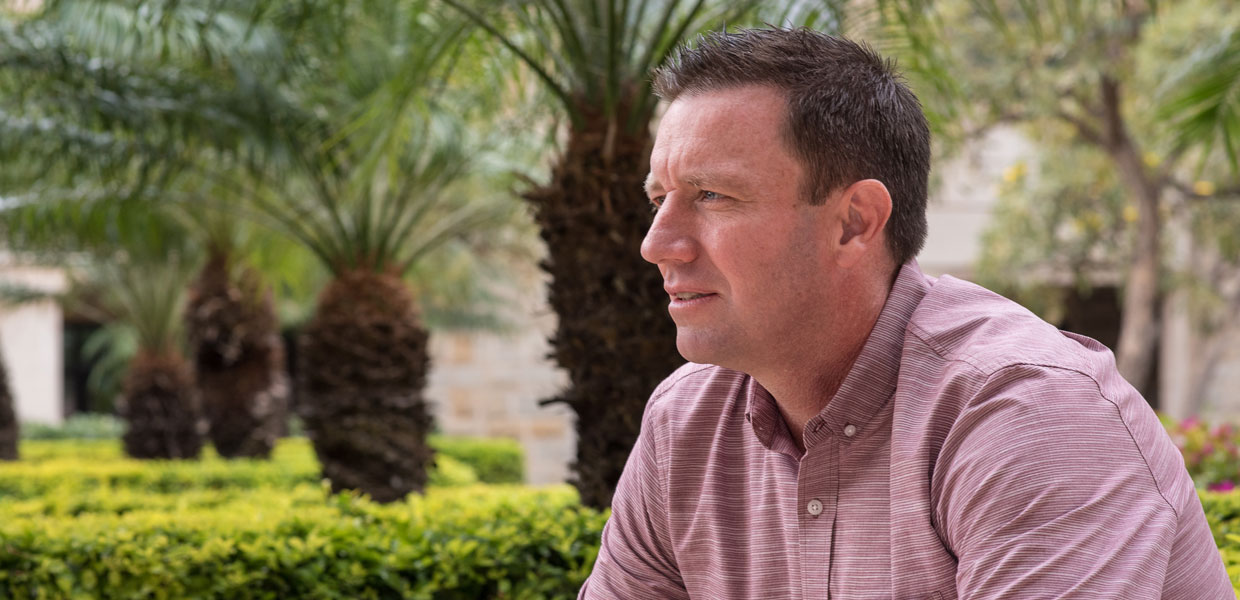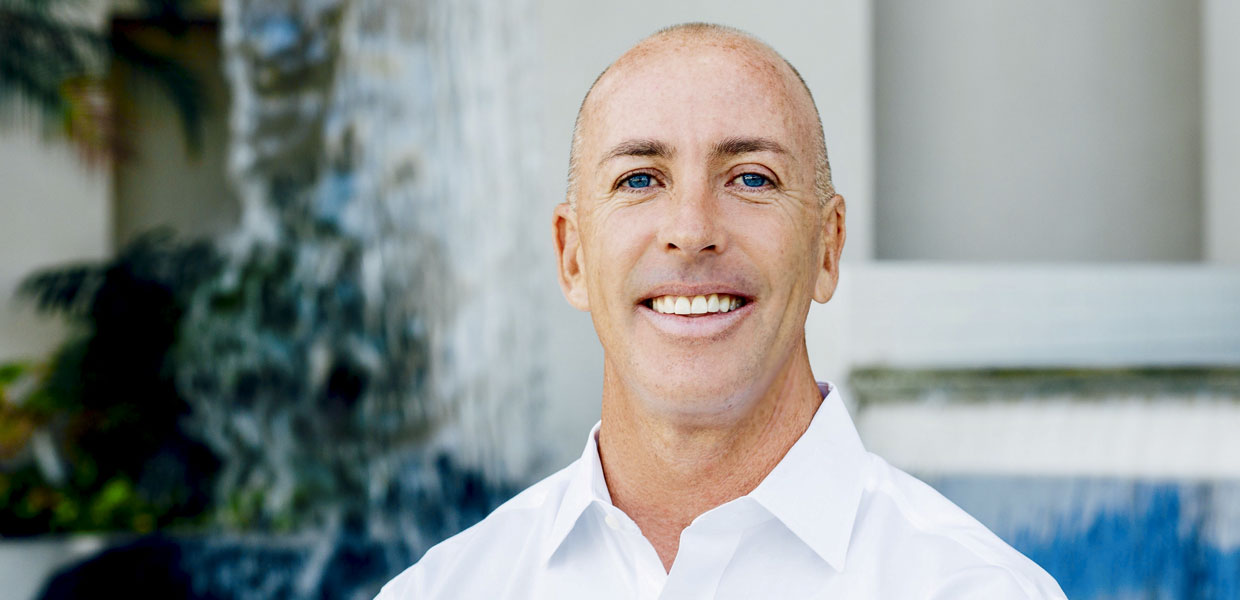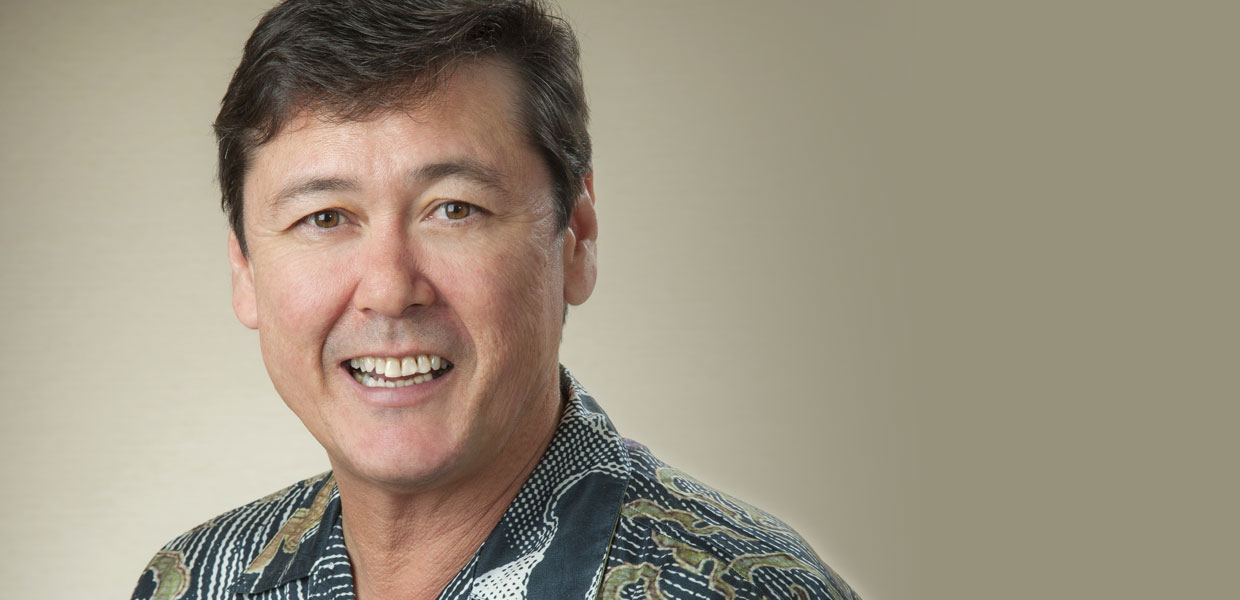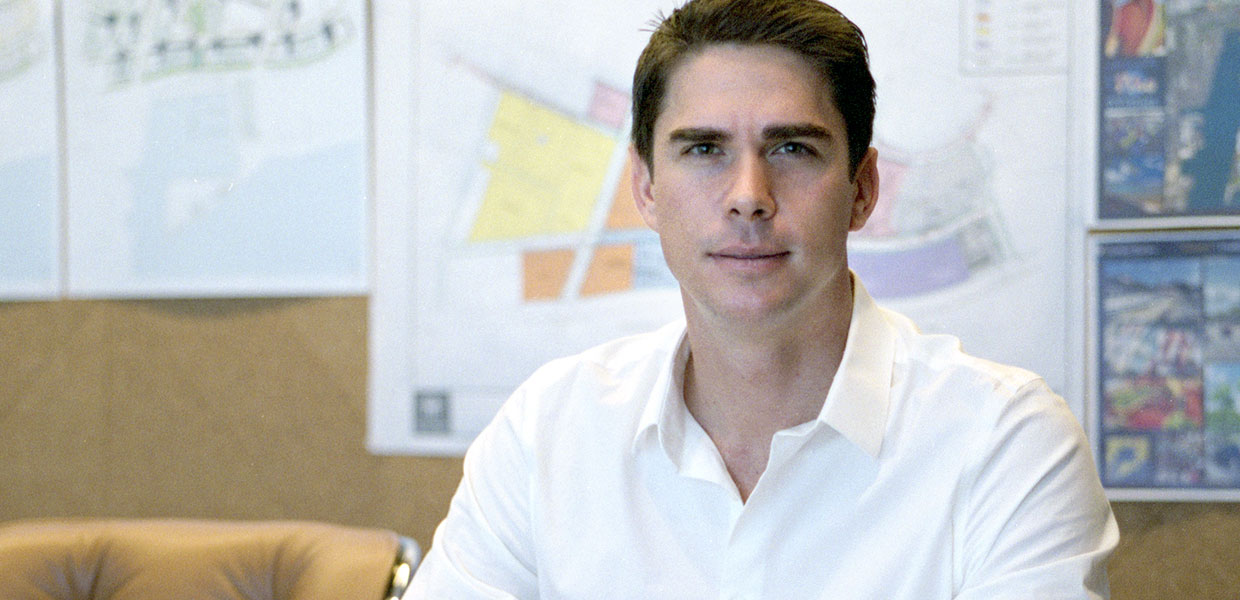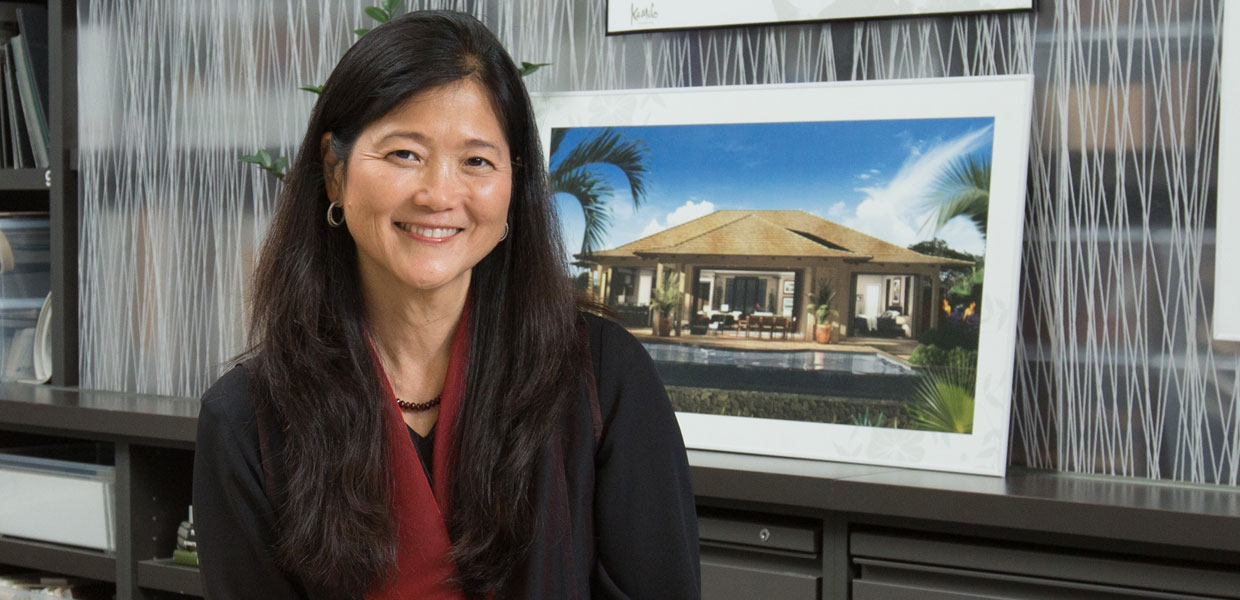GLEN KANESHIGE is the president of Nordic PCL Construction, overseeing buildings operations with over 30 years of construction experience. He holds a bachelor of science degree in civil engineering from the University of California, Berkeley, and a Master of Science degree in civil engineering from the University of Michigan. Kaneshige enjoyed pounding nails and placing concrete alongside other union workers during college and later managing challenging projects, and remains optimistic that Hawai‘i’s construction industry will continue to do relatively well as this most recent boom shows signs of slowing down.
WHAT’S YOUR ADVICE TO FUTURE ARCHITECTS, BUILDERS OR DESIGNERS?
Collaboration and creative problem solving in the early stages of design development are key to a successful project.
The best time to address and mitigate risk between all the project stakeholders is before the first shovel is ever put into the ground. I’m also a firm believer that there are never perfect design drawings and there will never be perfect construction.
Compromise is essential to getting the job built successfully.
WHICH OF YOUR PROJECTS ARE YOU MOST PROUD OF AND WHY?
The Hawai‘i Convention Center is certainly in the top three because it was the largest design-build project when it was completed a month ahead of schedule in 1997. It was also the beginning of our partnership with PCL Construction Services, which eventually led to its acquisition of Nordic Construction in 2008.
I’m also proud of the James Campbell Building since it was the first commercial building in the budding city of Kapolei when it was completed in 1993, and also because it is one of the few stone-cladded façade buildings in Hawai‘i. More recently, the Waiea condominium developed by The Howard Hughes Corporation has gotten us a lot of attention because of the warped glass curtain wall that was designed to resemble a fishing net draped over the side of the tower in homage to Kaka‘ako’s history as a fishing village.
WHAT KIND OF PROJECTS DO YOU FIND INSPIRING IN YOUR LINE OF WORK?
The high-rise projects are certainly sexy in the construction business. The prominent silhouette of the high-rise against the skyline characterizes an urban center. I also find school and university projects to be inspiring because education is the primary path for most to improve their socio-economic situation. I feel we are helping to build people by building schools.
WHAT ARE SOME DESIGN AND CONSTRUCTION CHALLENGES SPECIFIC TO HAWAI‘I?
Hawai‘i’s isolated location creates logistical challenges for procuring materials in a timely manner. Our project managers are charged with the responsibility of orchestrating the approval, procurement and delivery of materials and equipment for a project with “just-in-time” accuracy to the job site. Hawai‘i’s isolation also contributes to the high cost of construction and the restricted labor pool. Like everything we buy in a store, construction materials and equipment have to be barged into Hawai‘i from the West Coast or airfreighted, so transportation costs contribute to the higher cost of construction. Costs are further escalated because of the limited skilled workforce available, as we saw with the hyperinflation in this most recent construction boom. The workforce on the mainland has the interstate mobility to move to find work. That same workforce would have to board a plane and fly 2,500 miles for the opportunity to work in Hawai‘i, where the cost of living diminishes the allure a job in paradise.
WHAT IS YOUR PERSPECTIVE ON THE
CHANGING HONOLULU SKYLINE? DO MORE CRANES AND TOWERS EQUAL A HEALTHY
BUILDING INDUSTRY?
More cranes and towers are inevitable and will contribute to making a healthy building industry. The demand for more affordable housing units will spur more high-rise condominium developments in the urban corridors of Honolulu. Smart development will help mitigate continuing residential development sprawl in West O‘ahu that will only exacerbate the traffic.
The high-rise condominium developers are conscientious about producing projects that will enhance and help characterize the Honolulu skyline, with the goal of master planning live-work-play communities that promote walking and biking. I know locals fear that Honolulu will become a concrete jungle, but I believe smart planning and great architecture can accommodate increasing urban density. High-rise developments in Honolulu will always be challenged by the local ordinances and high construction costs, so both will be determinants of what gets built and what it may look like.
WHAT IS ONE QUESTION CONSUMERS SHOULD
ALWAYS ASK THEIR DESIGN FIRM OR CONTRACTOR?
“What would your three most recent
clients tell me about their experiences working with your company?” We need to remind ourselves that we are only as good as how we performed on our most recent projects. Clients come with the mindset of “What have you done for me lately?” We can never rest on our accomplishments.
WHAT DOES IT TAKE TO SUCCEED IN HAWAI‘I IN YOUR LINE OF WORK?
Perseverance and being able to work with people and understand the local culture is what it takes to do well in the local construction industry. Construction is a business that demands long hours at high stress levels. It isn’t rocket science, but there are no short cuts for anyone to succeed in construction, so the ability to persevere is essential. I’ve often said that construction is a people business because nobody can erect a building alone. It takes a team of people who may have diverse interests but hold the same goals to build a project. Those who accept responsibility and seize the opportunity to rally their team for the benefit of the project will be successful in our industry.

